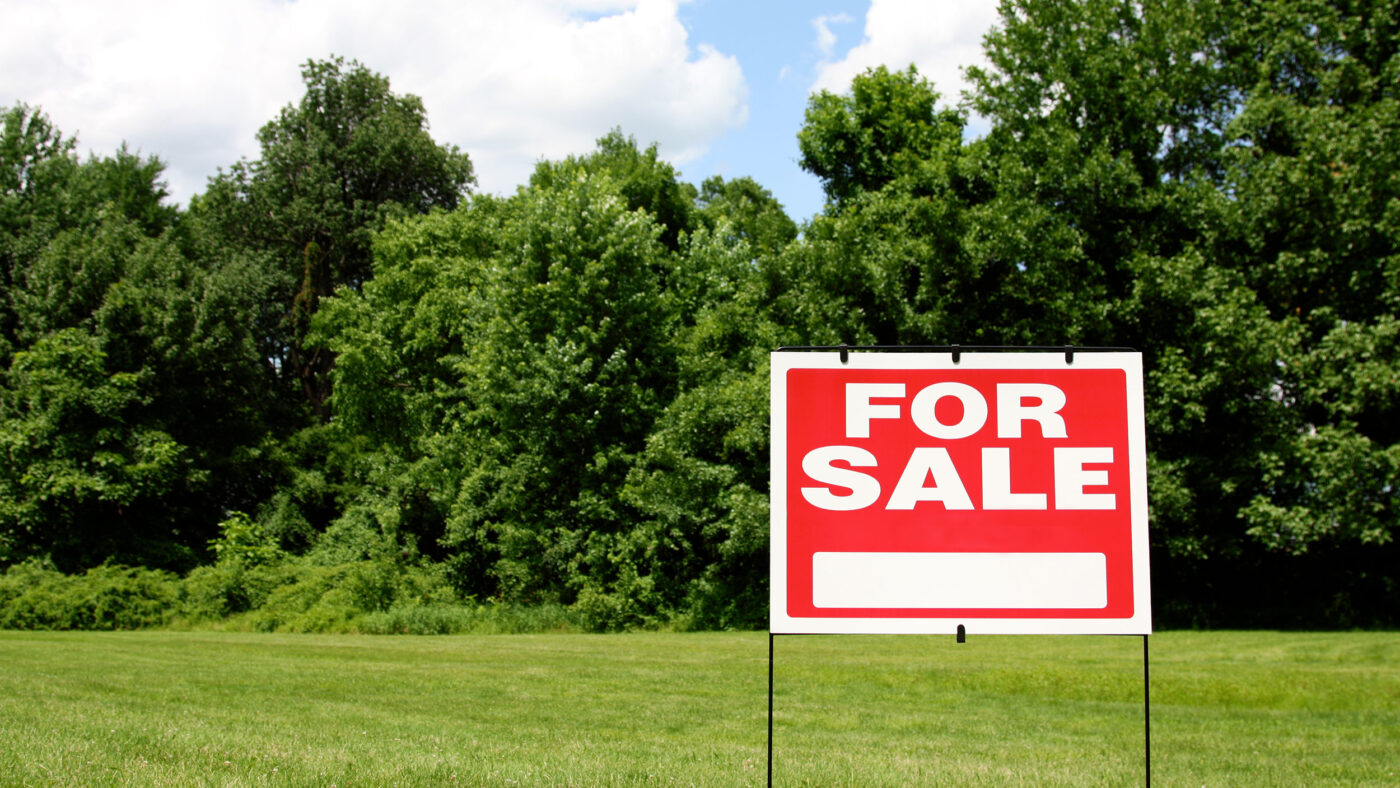The cost to the taxpayer of the interest on the Government’s debt was £7.7bn in July alone, according to new figures from the Office for National Statistics – a record for July. It’s an extraordinary sum, but then the total national debt had reached £2.58trn by the end of last month.
The accounting technicalities might be complicated. It’s not quite the same as paying monthly interest on your bank overdraft. The economist Julian Jessop says that paying the interest is spread out. So the cost to the Exchequer of the bill for July will be delayed – though it will have to stump up the payment for previous interest costs. I don’t think such minutiae should be of much comfort to us. The cost is real, it is vast and it falls on the taxpayer.
According to the Office for Budget Responsibility, ‘Net interest payments on the national debt are expected to cost £94bn in 2023-24’. That is more than on Defence (£32.4bn) or Education (£81.4bn) or Universal Credit (£83bn). Of the £1.2trn of public spending this year, one of the largest items will not go on providing any public service or public welfare but on interest on our ever-growing debt mountain.
What can be done about this dire state of affairs? Politicians tend to argue that cutting spending would be quite impossible – the best they can offer is promises to avoid increasing it too much more. They have a greater inclination to increase taxes – but tax is already so high there is a growing acceptance that further hikes might prove counterproductive. Economic growth offers an alternative. Liz Truss liked this approach and offered spending increases combined with tax cuts. But she was soon brought crashing down by the ‘anti-growth coalition’.
Thus the outlook for the public finances remains gloomy. We might see reports one month that state borrowing was higher than predicted or lower than predicted but the fundamental point is that the national debt is already huge and is still growing, at least in terms of cold hard cash.
Yet an obvious solution has been largely ignored. One sensible consideration for anyone struggling with a huge debt burden is whether there is anything that can be sold – and the state owns rather a lot.
It could start by selling some shares. The UK Government still owns around £15bn worth of Nat West. Selling Network Rail could probably raise the same again. Privatisation of Channel 4 would be a more modest item, likely to be under £1bn. The state still owns shares in NATS, the air traffic control business. There is British International Investment, a company entirely owned by the Foreign Office which owns hotels in Morocco and goodness knows what else.
UK Government Investments Limited boasts it ‘manages over £1trn of assets’ for Government Departments across a ‘broad and diverse range of sectors’. It includes, for instance, a minority stake in Urenco, a company I had not heard of which has its headquarters in Stoke Pogis.
It’s true that selling these shareholdings would mean the state no longer being paid a dividend. But the general experience is that private businesses have a better chance to thrive commercially than they do under state ownership. Higher profits will therefore result in higher Corporation Tax revenues.
Next item is all the buildings owned by the Government. Consider the Quangos. The latest figures show we have 295 of them employing 319,000 people and with an astonishing total annual budget of £224bn. Think of all the office space. There is great scope to abolish or scale back many of them. Apart from the revenue savings that would also allow some prime items of commercial property to be released onto the market.
But selling shares and buildings is a relatively footling matter compared to the potential from sales of public sector land.
The Ministry of Defence alone owns 849,000 acres of land (by comparison the total size of Surrey is 410,880). Our 112,000 soldiers do need space for their exercises but eight acres per soldier? Total state ownership of land is highly likely to exceed 2m acres – there is so much of it we don’t really know.
Not all that land would be suitable for development. But supposing 100,000 acres per year with outline planning permission for house building could be released. Average house prices are £278,000 a year. Most of the cost of a new house is not the construction but the cost of buying land with planning permission. If an acre provides space for ten family homes and the development land value comes to around £150,000 per home then 100,000 acres would be equivalent to a million homes and £150bn proceeds to the state. Keep that rate going for a few years and the National Debt would come tumbling down. (Oh, also the housing crisis would be solved. You’re welcome.)
The reality is that determination to restore the public finances to good order will need a radical approach in reducing the size of the state both in terms of its spending and its ownership. The two should be aligned rather than regarded as alternatives. But a big sales drive would be one of the politically more attractive options. It is curious that more is not done to try and achieve it.
Click here to subscribe to our daily briefing – the best pieces from CapX and across the web.
CapX depends on the generosity of its readers. If you value what we do, please consider making a donation.


